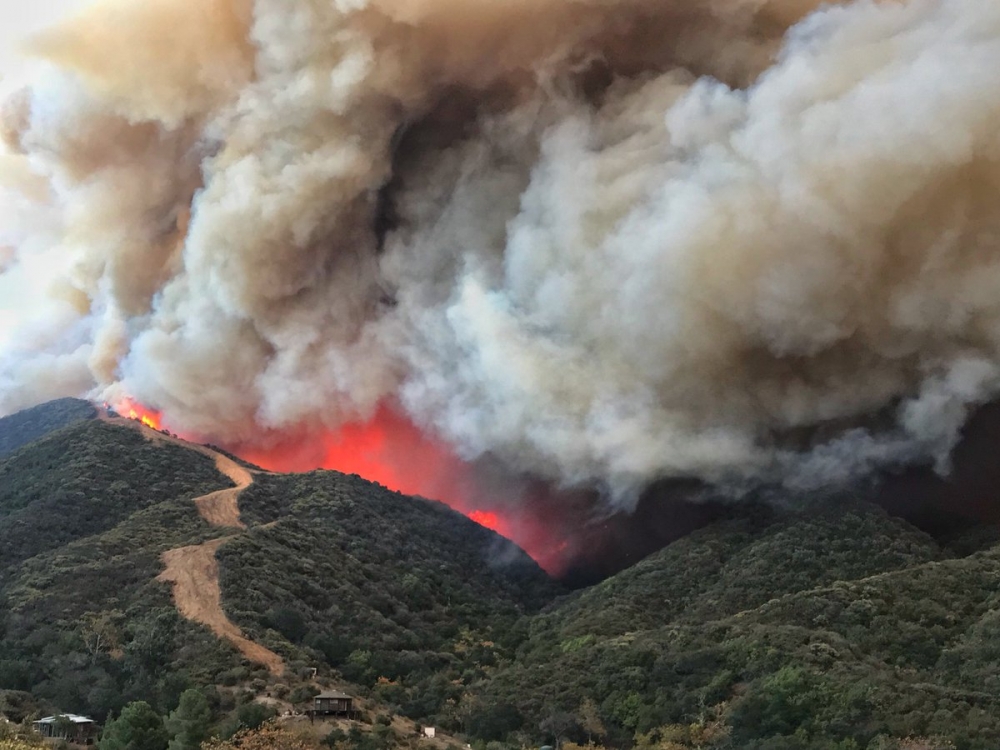
Where the Wildfires Are

It’s clear to most citizens of the Golden State that wildfires have become more intense over the last few years. But how much more? That’s a difficult question, because when it comes to science, you can’t study what you can’t measure.
That’s where researchers at UC Santa Barbara and the Nature Conservancy come in. They have compiled a new dataset of damage caused by wildfires in California as part of a broader project on future land use in the state. The report illustrates how the recent set of severe fires fits into a broader trend of increasing burn area and damage over the past 40 years.
“It occurred to us to these data would be of interest to a lot of people, so we decided to write them up in a brief,” said coauthor Andrew Plantinga, an economics professor at the university’s Bren School of Environmental Science & Management. The report is available on the Environmental Market Solutions Lab website.
The team analyzed two sources of data from Cal Fire, the state agency in charge of fire-fighting. The first was a dataset on fire perimeters and the second included estimates of wildfire damages for each fire.
The researchers used the information to calculate trends involving the number and timing of fires throughout the state by time of year. They also calculated the total area burned and specifically identified the amount of wildland urban-interface burned. These are areas where houses intermingle with wildland vegetation, and are of particular concern to those studying wildfire.
“The main finding is that the recent severe fires in California — including the Thomas fire in 2017 and the Camp fire in 2018 — are part of a trend in California over the past four decades,” Plantinga said. “The trend is toward more wildfires that burn larger areas and cause more damage.”
The number of acres burned per year has not only been increasing, the report found, it is also accelerating. And this increase isn’t only during the season’s peak, from June through October. The state is also seeing a longer fire season, with more acres burned in late fall than in the past. And while greater burn areas don’t automatically translate to greater damages, the researchers found that these, too, have been on the rise.
“I expected the recent severe fires to be outliers, and they are,” said Plantinga, “but it’s also clear that they represent part of a trend toward larger and more damaging fires.”
The report is part of a larger effort to estimate the costs associated with a business-as-usual approach to development in California, when considering the potential impacts of climate change. The team had previously found that interventions on natural and working lands — like forests, farms and rangelands — can contribute 2.5 times the emissions reductions by 2050 as residential and commercial sectors combined.
What’s more, for every dollar spent on implementing land-use strategies, close to fifty cents would be recouped in economic benefits. And that’s without accounting for other positive impacts, the previous report states.
Rather than another deep analysis, the group’s recent publication mostly served to aggregate and summarize important information on fire trends. “Our goal was to put the numbers out there and let people draw their own conclusions,” Plantinga said, adding that the group does not plan to recommend particular actions or propose factors that may be causing the trend. “Nevertheless, we think the data are an important input to policy discussions and to future research.”



